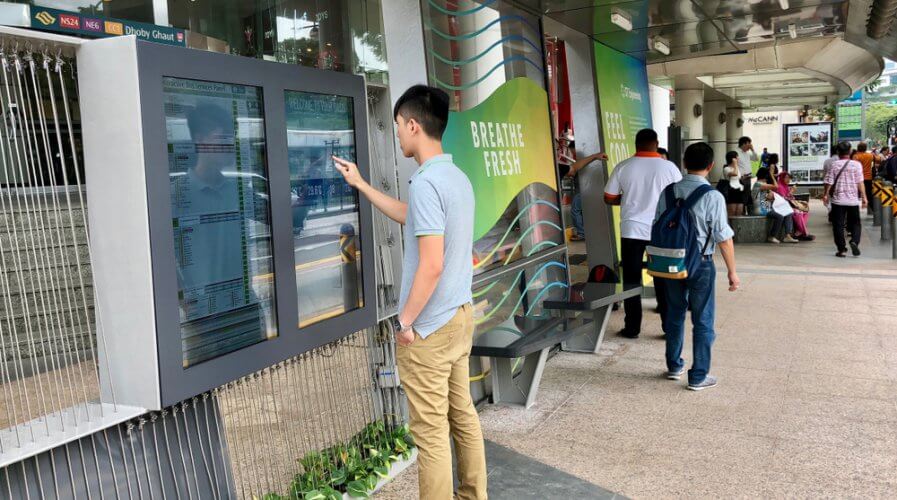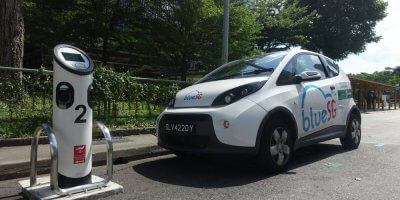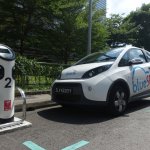
Book a self-driving bus via an app or along the walkway at Sentosa. Source: Shutterstock
Singapore trials self-driving shuttle bus via Ride Now Sentosa app
SELF-DRIVING technology is here and Singapore has been trialing it for quite a few years now.
Back in 2013, a University startup NuTonomy trialed self-driving taxis in Singapore’s innovation hub at one-north. Today, after a series of transactions, the entity has been renamed as Aptiv, but it’s private and later public trials really paved the way for autonomous vehicles in the country.
Earlier this year, Volvo announced that it will be trialing autonomous buses in the country as well — and now, Singapore’s Ministry of Transport has partnered with Sentosa and ST Engineering to roll out the country’s first public, on-demand, self-driving shuttle bus trial.
According to the press release issued, the trial will run between the last week of August to the middle of November this year.
People visiting Sentosa will be able to hail a self-driving bus via the Ride Now Sentosa mobile app or at kiosks along a 5.7km route to bring them to selected destinations on the island, such as Siloso Point, Beach Station, Palawan Beach, Tanjong Beach, and Sentosa Golf Club.
The fleet currently comprises of four autonomous vehicles (AVs) of which two are mini-buses and two are smaller shuttles — being provided free of charge during the trial period.
Although the self-driving buses are expected to be quite safe, every vehicle will have a driver on-board, instructed to take control if required.
The safety driver is further supported by a vehicle fault system that will immediately alert the safety driver of any faults, and cede control of the AV to the safety driver. In addition, all the AVs will display electronic signages to signal that they are operating autonomously, for easy recognition by road users and pedestrians.
ST Engineering, responsible for managing the trial, said that the AVs come fitted with technologies such as radar, LiDAR (Light Detection and Ranging), GPS (Global Positioning System), odometry, and computer vision, to help them sense their environment and identify appropriate navigation paths, obstacles, and signages.
Further, Singapore’s Land Transport Authority, the traffic police, and the Centre of Excellence for Testing & Research of AVs-NTU (CETRAN) have jointly certified that each of the self-driving buses has the ability to handle basic maneuvers and stop safely upon detecting an obstacle.
“This trial will provide important insights into the commuter experience and the interaction of AVs with other road users, as we seek to enhance urban mobility by deploying AV technology safely in our towns,” said Committee on Autonomous Road Transport for Singapore Chairman, and Permanent Secretary for Transport Loh Ngai Seng.
Although not much is known about the course of self-driving buses in Singapore at the end of the trial, it’s expected that 2020 will see more trials and phased public roll-outs of self-driving cars and buses across the country.
READ MORE
- Ethical AI: The renewed importance of safeguarding data and customer privacy in Generative AI applications
- How Japan balances AI-driven opportunities with cybersecurity needs
- Deploying SASE: Benchmarking your approach
- Insurance everywhere all at once: the digital transformation of the APAC insurance industry
- Google parent Alphabet eyes HubSpot: A potential acquisition shaping the future of CRM




